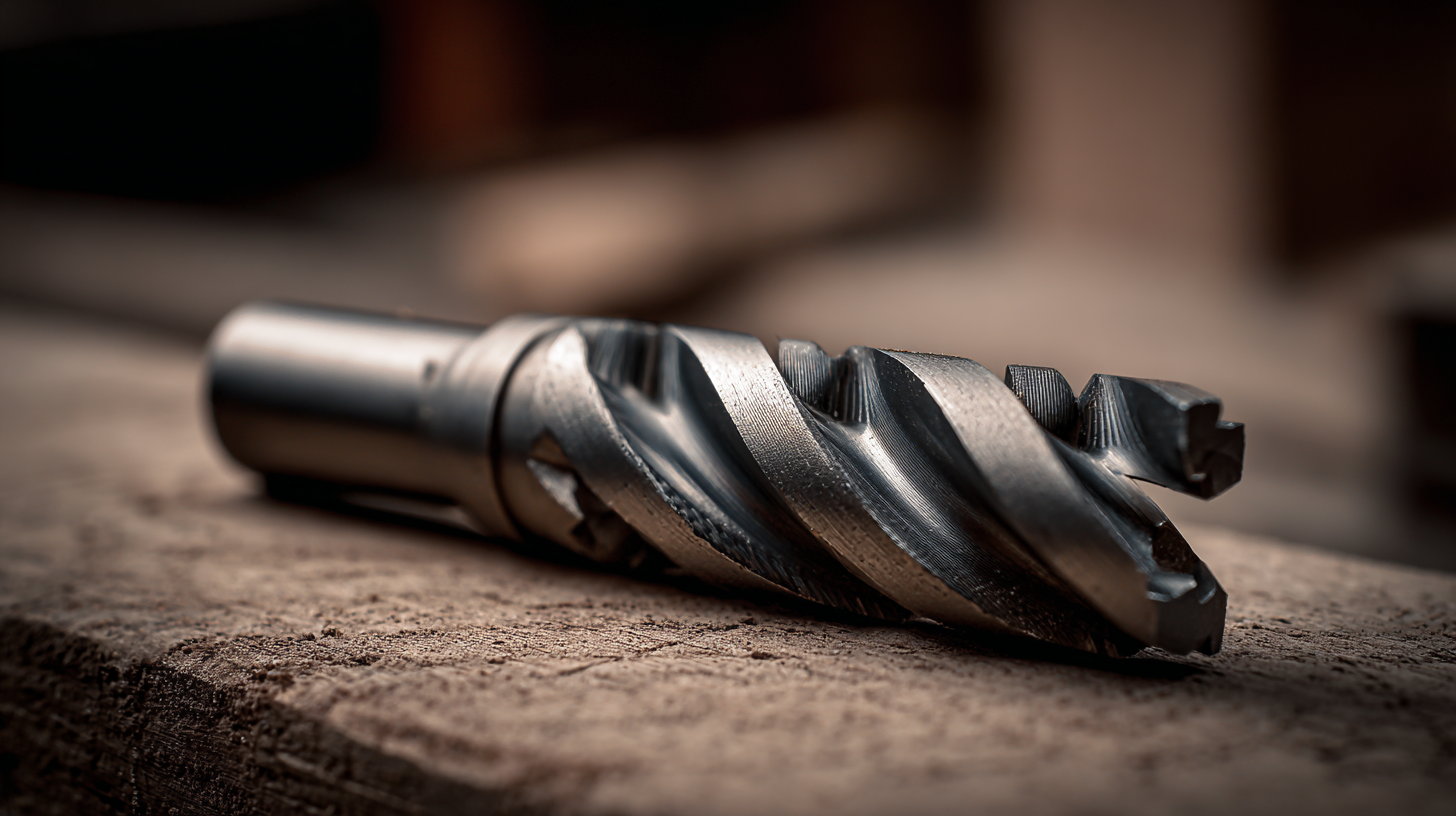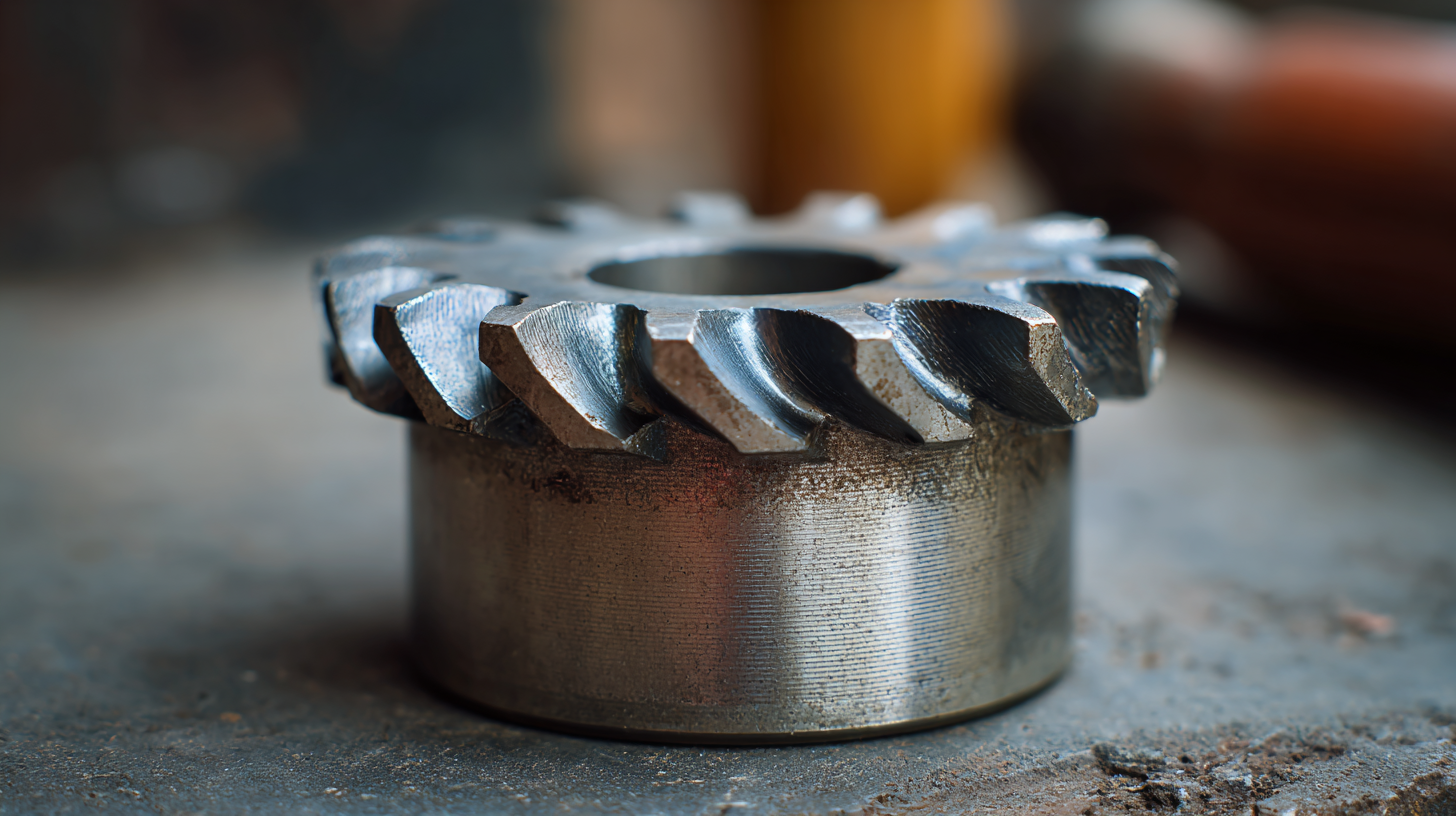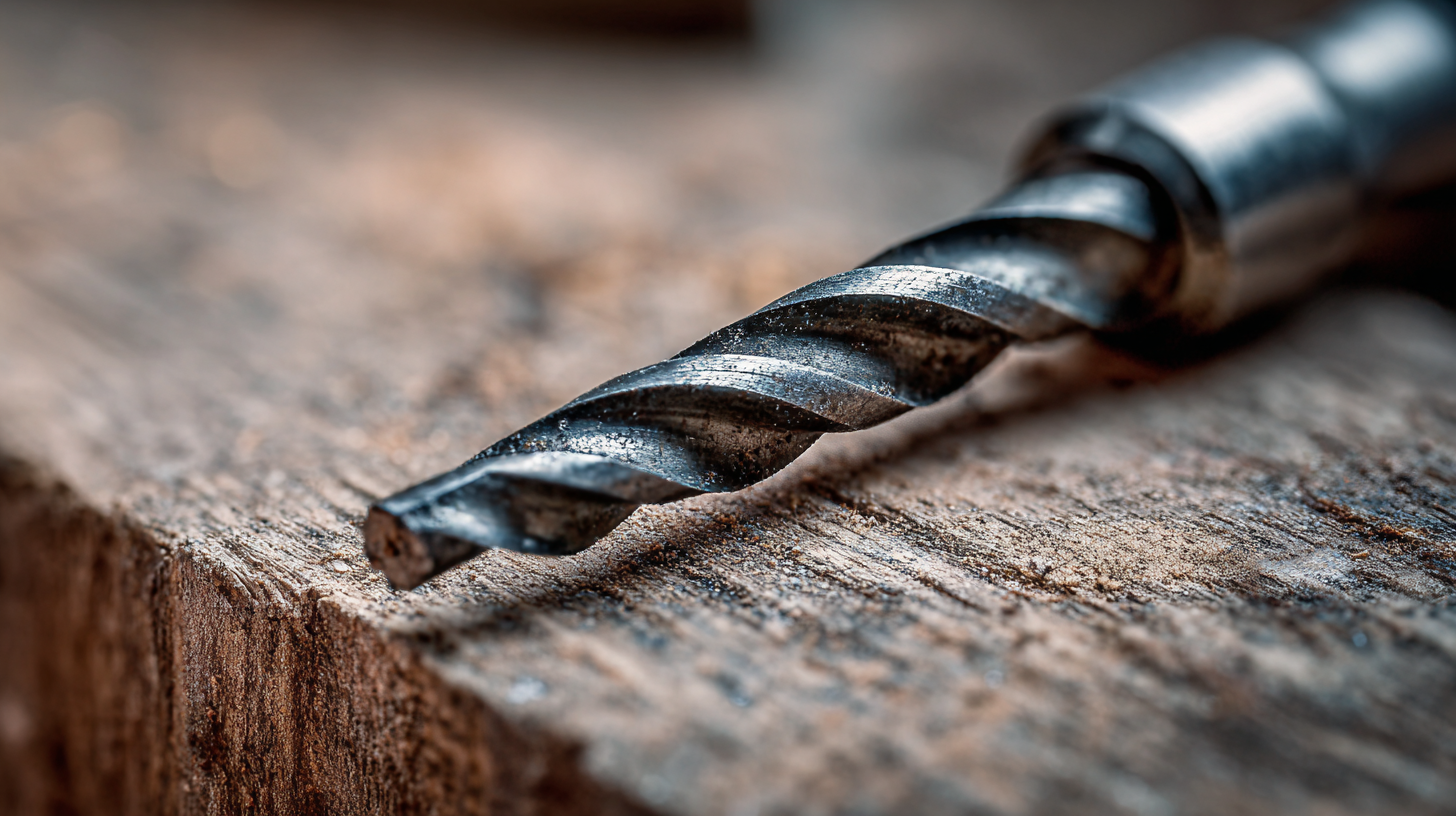The Ultimate Guide to Choosing the Best Hole Saw Bit for Your Projects
When it comes to tackling various DIY projects or professional woodworking tasks, having the right tools can make all the difference in achieving clean, precise, and efficient results. One essential tool that often gets overlooked is the hole saw bit. Designed to cut larger holes with ease and accuracy, a high-quality hole saw bit can significantly enhance the quality of your work. In this ultimate guide, we will explore the benefits of different types of hole saw bits, helping you make informed decisions based on your specific project requirements. From the materials used to the sizes available, understanding these factors will empower you to choose the best hole saw bit for any drilling challenge you might face. Discover how selecting the right bit can not only save you time and effort but also deliver impressive results that elevate your craftsmanship to the next level.

Understanding Hole Saw Types and Their Applications for Future Projects
When embarking on home improvement projects, selecting the right hole saw bit is crucial to ensure efficiency and precision. Understanding the different types of hole saws available can help you match the tool to your specific application. For instance, bi-metal hole saws are ideal for cutting through a variety of materials, including wood and metal, while carbide-tipped saws excel in more robust tasks, such as drilling in masonry or concrete. By choosing the appropriate type, you can enhance the performance and longevity of your tools.
Tips for Choosing Hole Saws:
- Always consider the material you will be working with. For softer materials like drywall, a basic bi-metal hole saw will suffice, while tougher materials like concrete require specially designed carbide-tipped hole saws.
- Pay attention to the size of the hole saw. Ensure it matches the diameter you need so you avoid unnecessary waste and effort. Larger bits can be more challenging to use but are essential for specific tasks, such as installing plumbing or electrical conduits.
Additionally, maintaining your hole saws is vital for achieving the best results. Regularly clean the bits and ensure they remain sharp to prevent overheating and prolong their lifespan. With the right knowledge and tools, your projects can be completed with ease and professionalism.

Key Features to Look for in High-Quality Hole Saw Bits
When selecting the best hole saw bit for your projects, understanding key features can significantly impact your tool's performance and longevity. High-quality hole saw bits are primarily distinguished by their material composition; bi-metal (HSS) bits are favored for their durability and heat resistance, providing a longer lifespan compared to standard carbon steel. According to a recent industry report from the Tool and Equipment Manufacturers Association (TEMA), bi-metal hole saws can last up to three times longer than their carbon steel counterparts, making them a cost-effective choice for both professionals and DIY enthusiasts.
Furthermore, the design of the hole saw bit plays a crucial role in its cutting efficiency. Features such as tooth geometry and spacing affect how quickly and smoothly the bit can cut through various materials. Research from the International Society for Tool Engineering indicates that hole saw bits with aggressive tooth configurations can increase cutting speed by up to 25%. Additionally, bits with integrated pilot drills assist in achieving more precise cuts, minimizing the risk of wandering, which is especially critical when working with softer materials like wood or softer metals. By prioritizing these key features, you can ensure that your projects are completed with precision and efficiency.
The Ultimate Guide to Choosing the Best Hole Saw Bit
This chart illustrates the key features to consider when selecting high-quality hole saw bits, rated on a scale from 1 to 10. Features include Material Type, Durability, Cutting Speed, Size Range, and Price.
Industry Insights: The Growth of Hole Saw Usage in DIY and Professional Markets
The growth of hole saw usage in both DIY projects and professional markets reflects a broader trend in the increasing demand for versatile and efficient tools. As homeowners and contractors alike seek to enhance the quality and precision of their work, hole saw bits have gained prominence due to their ability to create clean, accurate holes in various materials. This rising popularity indicates a shift in how individuals approach home improvement and construction tasks, often opting for specialized tools that simplify the process and yield superior results.
Moreover, the rise of the DIY culture, fueled by online tutorials and a growing community of enthusiasts, has contributed significantly to the demand for hole saw bits. With the increased accessibility of resources and tools, individuals feel empowered to take on more complex projects, thereby driving the evolution of tool design and functionality. As both amateur and professional users continue to invest in high-quality equipment, the hole saw market is poised for robust growth, reflecting a significant transformation in the way projects are approached across sectors.
Comparative Analysis of Material Durability in Hole Saw Manufacturing
When selecting the best hole saw bit for various projects, understanding the material durability of these tools is crucial. Hole saws can be constructed from a variety of materials, each offering distinct advantages. High-speed steel (HSS) bits, for example, provide excellent toughness and can effectively cut through wood and softer metals. However, for harder materials, bi-metal and carbide-tipped hole saws are often recommended due to their enhanced hardness and wear resistance, allowing for smoother cuts and prolonged tool life.
The comparative analysis of materials used in hole saw manufacturing highlights the significance of choosing the right bit for specific applications. Advanced materials like carbon fiber reinforced composites are gaining traction in various industries due to their lightweight yet robust nature. This evolution in material technology parallels developments in other sectors, such as organic photovoltaic cells and 3D printing. By leveraging insights from these advancements and understanding the properties of different hole saw materials, DIY enthusiasts and professionals alike can make informed decisions that optimize performance and efficiency in their projects.
Innovations in Hole Saw Technology: What to Expect in the Coming Years
As we look toward the future, innovations in hole saw technology are set to redefine the way professionals approach their projects. Recent industry reports indicate that the hole saw market is projected to grow significantly, with advancements in materials and designs playing a critical role in this transformation. For example, the introduction of carbide-tipped hole saws has enhanced durability and cutting efficiency, enabling users to tackle tougher materials with ease. This shift towards more resilient tools is not only boosting performance but also reducing downtime associated with tool wear.

Moreover, the integration of artificial intelligence in manufacturing processes is anticipated to further streamline production and customization of hole saw bits. AI-powered analytics can predict wear patterns and optimize design features based on user feedback, leading to more tailored solutions that meet specific project needs. According to a recent survey, over 75% of industry professionals believe that such technological enhancements will increase productivity and precision in their work, showcasing a promising future where humans and AI collaborate seamlessly in the trade. As these advancements unfold, users can expect a rapid evolution in the tools and techniques employed in hole drilling, ultimately leading to more efficient project completion and greater overall satisfaction.